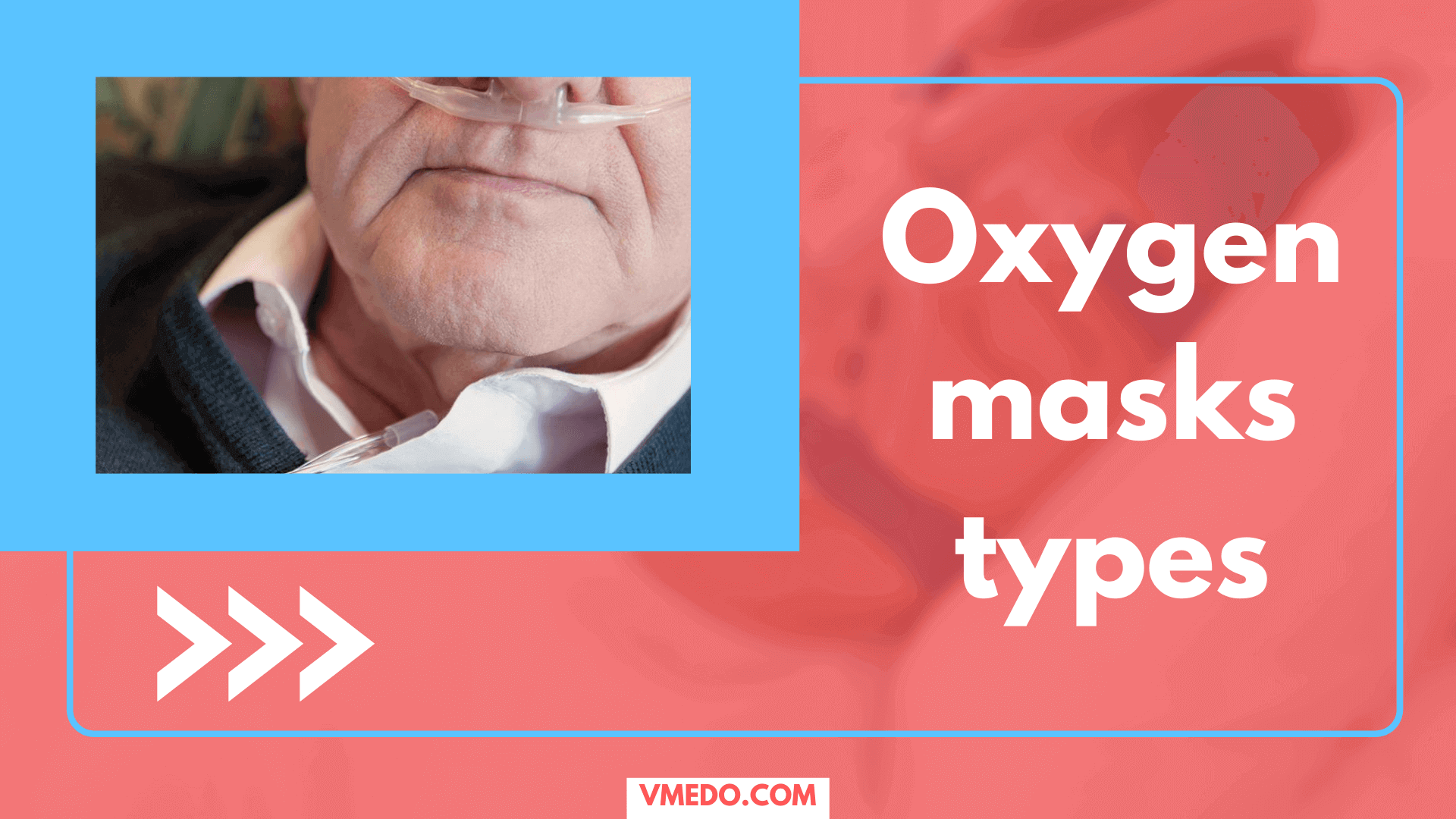If you’re confused as to which are types of oxygen masks available and are looking for the right information on the internet, well you’re at the right place!
There are many books and references that you may come across with different type of details and information regarding the oxygen masks, we here are assuring you with this blog you’ll be knowing the most commonly used and followed types and we do not in any way imply this to be the accurate information because there is nothing like a piece of accurate information as to these many types of masks exist.
Yes, this is what we all hear these days on TV and Social media because of the pandemic that has hit the country.
So this oxygen can reach the patients but cannot get into without the help of an oxygen mask.
Frequently asked Questions
You might feel that, is the oxygen mask that important?
Why can’t we use a similar type of mask to treat all the patients?
Why can’t we re-use the mask?
Well, in this blog you’re going to find the answers for all of these, just hang on!
There are 6 main types of Oxygen masks being majorly used, they are:
- NASAL CANNULA
The nasal cannula is used to deliver supplemental oxygen or increased airflow to a patient in need of respiratory help.
A lightweight tube that splits into two is placed into the nostrils from which oxygen flows into the body.
Which at the other end is connected to the oxygen supply such as concentrator through the flowmeter.
The nasal cannula delivers 1-6L of oxygen/minute and is only recommended when the patient’s saturation level is 92% and below.
Oxygen delivery capacity 25% – 40%
- SIMPLE FACE MASK
Is a basic disposable mask, made of clear plastic, to provide oxygen therapy for patients who are experiencing conditions such as chest pain (possible heart attacks), dizziness, and minor hemorrhages.
A simple face mask delivers 5-10L of oxygen/minute and is only recommended when the patient’s saturation level is 90% and below.
Oxygen delivery capacity 40% – 60%
- VENTURI MASK
A Venturi mask mixes oxygen with room air, creating high-flow enriched oxygen of the desired concentration. It provides an accurate and constant FiO2 despite varied respiratory rates and tidal volumes.
Venturi mask delivers 2-15L of oxygen/minute depending on the color shown below
and only recommended when the patient’s saturation level is 90% and below.
Oxygen delivery capacity 24% – 60% also depending on the color we use.
- NRBM (Non-Re-Breather Mask)
A non-rebreather mask is a medical device that helps deliver oxygen in emergencies. It consists of a face mask connected to a reservoir bag that’s filled with a high concentration of oxygen.
NRBM mask delivers 10-15L of oxygen/minute and is only recommended when the patient’s saturation level is 89% and below.
Oxygen delivery capacity 60% – 95%
- NIPAP
There are two main types of masks in this, namely
BiPAP and CPAP
BiPAP is a type of positive pressure ventilator that supports/produces / puts in positive pressure which helps you to breathe in and breathing out at ease but puts more pressure when you’re breathing in.
And there’s CPAP(continuous positive airway pressure) which produces the same amount of pressure as you breathe in and breathe out and both BiPAP and CPAP serve different problems and purposes.
Read our detailed blog on BiPAP here
NIPAP mask is recommended when the patient’s saturation level is 8% and below.
Oxygen delivery capacity 95% – 100%
- NEBULIZER MASK
A nebulizer mask looks and is very similar to a regular NRBM mask commonly used in the hospital. The mouthpiece covers the mouth and nose and is usually held onto the face using an elastic band.
Watch a detailed explanation video on the same concept/
Finally, these masks are consumables hence we can just remove the top part that is the mask where the person gets in contact with can be easily detached should be disposed and the other parts can be used totally without hesitation.
If you’ve made it till here,
Thank you for reading this blog and please don’t forget to share this with the ones in need and do visit our site and read more healthcare-related blogs on https://vmedo.com
Visit our own VMEDO Store which deals medical equipment and surgical all over!
